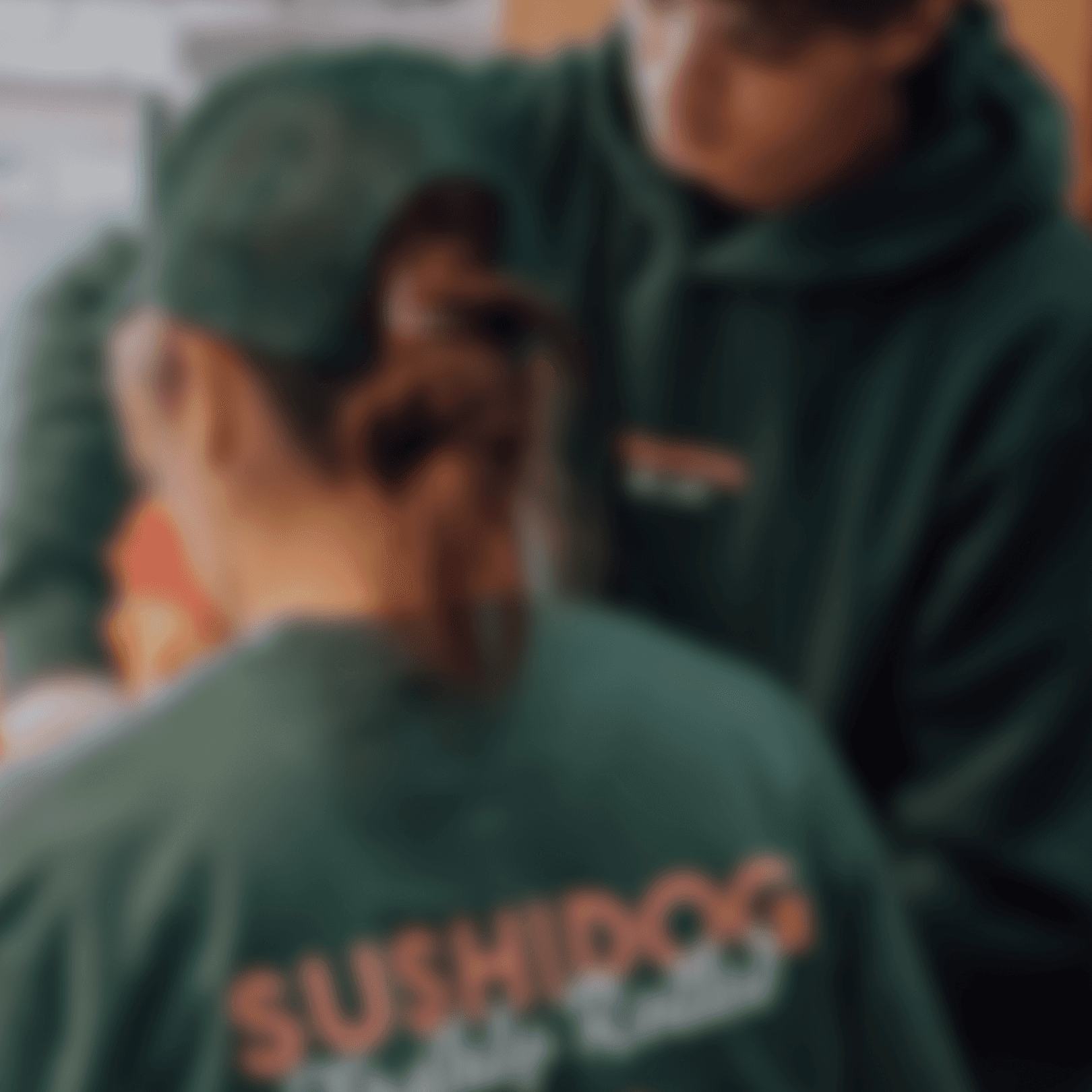August 20, 2025
– 4 minute read
Improve engagement and conversions with triggered communication. Learn how this automated, personalized messaging strategy can help your business grow..

Cormac O’Sullivan
Author
In the current marketing landscape, grabbing and holding a customer’s attention is a major challenge. Customers are constantly bombarded with marketing messages. This often leads to messages being ignored. So, how can a business cut through the noise and deliver a message that is both timely and relevant? The answer lies in triggered communication.

What is Triggered Communication?
Triggered communication is an automated messaging strategy. Messages are sent to a customer based on a specific action they take. Think of it as a direct and personal response to a customer’s behavior.
The Types of Triggered Communications
Event-Based
Event-based triggers are the most common type of triggered communication. They are activated by a specific action a customer takes. This action can be a purchase, a website visit, or even a lack of activity. The key is that the message is sent right after the event occurs.
The goal is to respond to the customer in the moment, when their interest is highest. Common examples of event based triggers include abandoned shopping cart messages, order confirmation emails, and post-purchase follow-ups.
Segment-Based
Unlike event-based triggers that react to a single action, segment-based triggers are activated when a customer enters or exits a specific group, or "segment." These segments are defined by customer data and attributes.
For example, a segment could be all customers who have not made a purchase in 90 days. The message is not tied to a real-time action, but to a change in the customer's status within your database. Examples include re-engagement campaigns for inactive users or promotions for a loyalty program once a customer qualifies. With leat you can segment customer based on various fields.
Key Strategies for Effective Triggered Messaging
Triggered messages are a game-changer for engagement. They are far more effective than generic messages because they are rooted in timeliness and relevance. When a message arrives at the perfect moment, it feels personal and helpful. This makes customers more likely to open it, read it, and take action.
Pinpoint the Exact Moment to Engage Customers
Setting up a triggered communication system can seem complex. However, breaking it down into a few key steps makes it manageable. Most marketing automation platforms offer the tools you need to get this done. The goal is to create a seamless system that works for you 24/7.
Target the Right Audience with Behavior-Based Segments
The first step is to identify the customer actions you want to respond to. What is a key moment in the customer journey? It could be a purchase, a sign-up, or even a page visit. Common events include the abandoned shopping cart, a first purchase, or a new signup for a loyalty program.
The goal of the triggered message is to guide them back to their purchase. The event itself is the user adding an item to their cart and then leaving the site without checking out. This is the starting point for your trigger based marketing.
Craft Messages That Speak Directly to Each Customer
Once you have your trigger event, you need to define the audience for your message. You don't want to send the same message to everyone. This is where creating a behavioral segment comes in. A segment is a group of customers who share a specific behavior or characteristic.
For the abandoned shopping cart example, your segment could be defined as "Users who added an item to their cart but have not made a purchase within the last 24 hours." By segmenting, you ensure your relevant messages are only sent to the right people.
Send Messages at the Perfect Time with Smart Rules
Timing is everything in triggered communication. You don't want to send a message the second a customer abandons their cart. They might still be thinking about it. A short delay can be very effective. For an abandoned cart email, waiting 30 minutes to an hour is a good practice.
This allows customers to come back on their own if they were just temporarily distracted. You should also set up exception events. For instance, if a customer makes a purchase right after abandoning their cart, the reminder email should not be sent.
Control How Often Messages Reach Customers
No one likes being spammed. Even the most relevant messages can become annoying if sent too often. A frequency cap limits the number of messages a single customer can receive within a certain time frame. For example, you might set a rule that a customer can only receive one automated email per day.
This is a key step to prevent overwhelming your audience. Delivery windows are also important. It's not a good idea to send a triggered message at 3 AM. By setting a delivery window, you ensure your message arrives when the customer is most likely to see and interact with it.
Conclusion
Triggered communication transforms customer engagement by delivering timely, relevant messages based on user behavior or status changes. By responding to specific actions like a purchase, abandoned cart, or segment entry businesses can create personalized, meaningful interactions that drive action. Successful implementation involves selecting the right trigger events, defining behavioral segments, personalizing messages with context, and optimizing timing through delays, exception events, frequency caps, and delivery windows.
This approach ensures customers receive helpful, non-intrusive communication at the right moment, increasing the likelihood of engagement, conversions, and long-term loyalty, ultimately cutting through the noise of today’s crowded marketing landscape.



